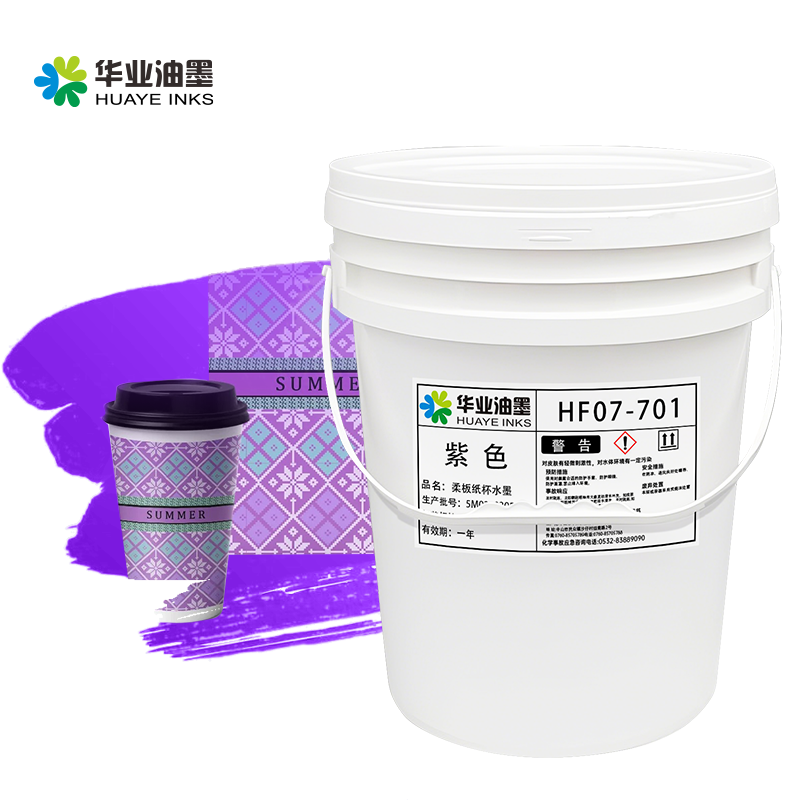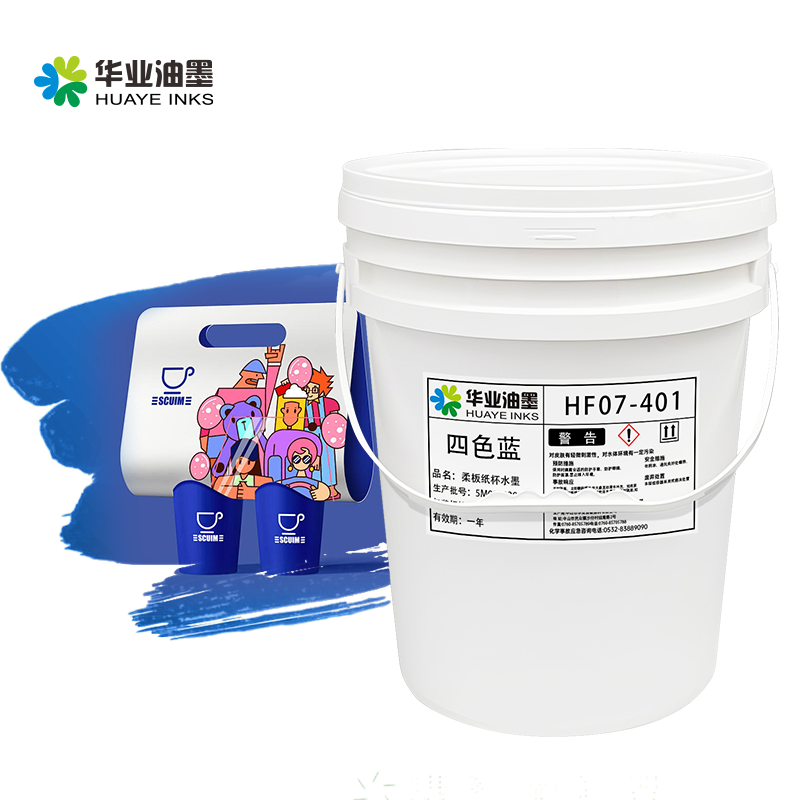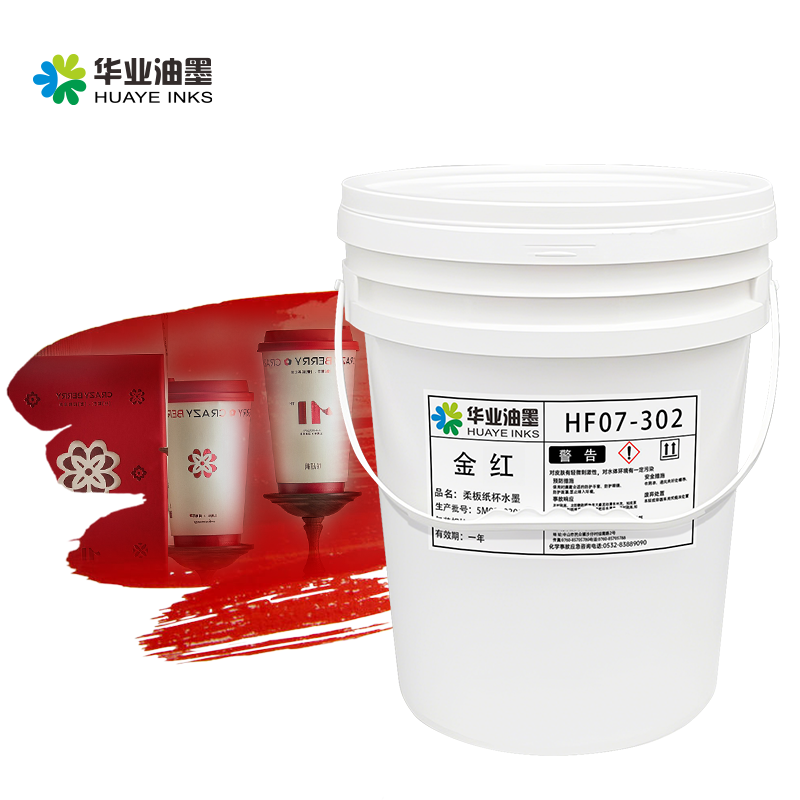No.2 Jieging Road ,Shazai industrial Park, Minzhong Zhongshan City, Guangdong Province
Water - based flexographic inks have emerged as a significant innovation in the printing industry, offering a more environmentally friendly alternative to traditional solvent - based inks while maintaining high - quality print performance. These inks use water as the primary solvent, replacing many of the volatile organic compounds (VOCs) found in conventional inks, which makes them a preferred choice for environmentally conscious printers. The formulation of water - based flexographic inks is a complex process that involves carefully selecting and combining pigments, binders, and additives. The pigments used in these inks are chosen for their color strength, lightfastness, and compatibility with the water - based medium. Advanced pigment dispersion techniques are employed to ensure even distribution of the pigments, resulting in consistent color reproduction. The binders in water - based flexographic inks play a crucial role in providing adhesion to various substrates and forming a durable ink film. Specialized binders are developed to bond effectively with different materials, such as paper, cardboard, and some types of plastic films. They also contribute to the ink's film - forming properties, determining its smoothness, flexibility, and resistance to abrasion and moisture. Additives are incorporated into water - based flexographic inks to optimize their performance. Humectants are used to control the drying speed, preventing the ink from drying too quickly and causing issues like nozzle clogging in inkjet - based flexographic printing or uneven drying on the substrate. Defoamers are added to prevent the formation of bubbles during the ink preparation and printing process, which could lead to defects in the printed image. Wetting agents improve the ink's ability to spread evenly on the substrate, especially for difficult - to - wet surfaces. Water - based flexographic inks offer several advantages in addition to their environmental benefits. They typically have lower odor compared to solvent - based inks, making them more suitable for applications where odor is a concern, such as food packaging. These inks also provide good color saturation and can reproduce a wide range of colors, meeting the aesthetic requirements of various printing applications. However, using water - based flexographic inks also presents some challenges. Water has different physical properties than organic solvents, which can affect the ink's viscosity, drying characteristics, and adhesion. Printers may need to adjust their printing equipment and processes to accommodate these differences. For example, enhanced drying systems, such as infrared dryers or hot air blowers, are often required to accelerate the evaporation of water and ensure proper ink curing. Despite these challenges, the continuous development of water - based flexographic ink technology is making them an increasingly viable and popular choice in the printing industry.


